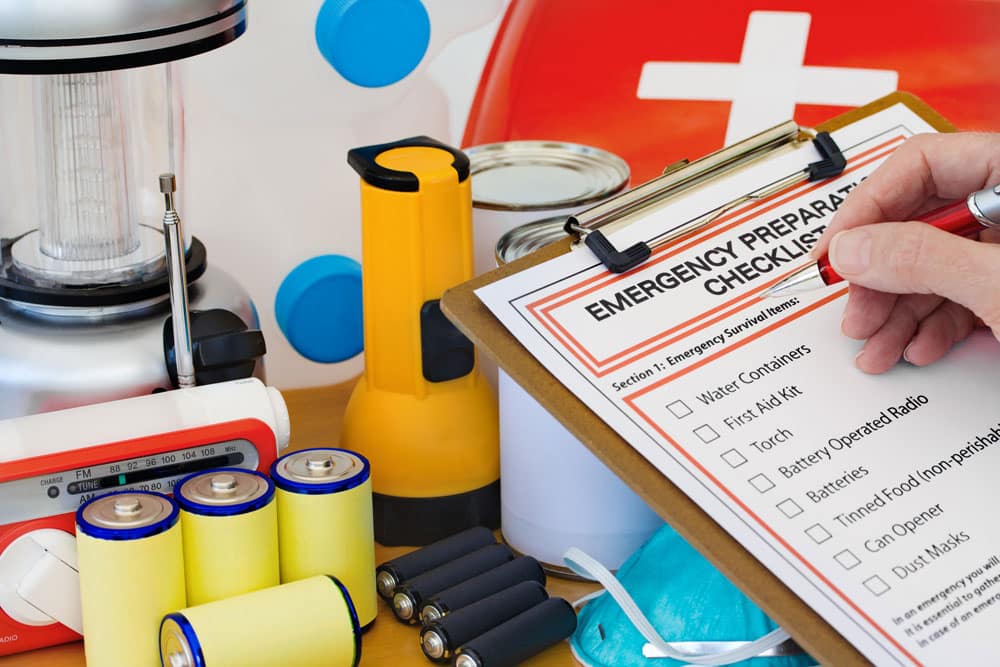Run. Hide. Fight.
These words may not seem like much of a battle plan when it comes to dealing with the threat of an active shooter incident in your business. However, they define the fundamentals of responding to an active shooter, and if your employees and managers do not understand them, fatalities during an incident could rise. Fortunately, you can mitigate the risk of an unforeseen active shooter by understanding these active shooter planning essentials.
Active Shooter Training Essentials Begin With Assessment and Review.
Like any risk, you need to know where you stand before you can make improvements, and the Department of Homeland Security (DHS) echoes this sentiment in federal doctrine regarding active shooter events. The security and threat assessment reflects an in-depth review of how the risk of an active shooter incident relates to your business.
For example, is your business located in an area with a history of violent crimes, or does your occupation, such as health care, put your employees at a higher risk of experiencing an incident? Upon establishing likelihood, you can begin the process of evaluating the remaining elements of an active shooter plan, which include the following:
- Preparedness training.
- Communication plans.
- Policy governing actions to take during an incident.
- Active shooter training and exercises.
- Post-incident recovery plans.
If your plan does not include these elements, it may indicate higher risk of a failed response to an active shooter incident. In other words, staff members may not know how to respond, leading to additional loss of life.
Remember that active shooter incidents are different from armed robbery or other violent situations. However, such situations could evolve into an active shooter incident. Thus, plans for responding to armed robbery or other violent situations should not be considered replacement plans for responding to an active shooter.
Communicate With Managers About Key Concerns Involving Active Shooter Training.
Depending on your work schedule, managerial staff may have additional concerns and information that affect your risk assessment. This is especially true in businesses that operate continually, such as 24/7 diners or health care facilities. Ask managers for their input and feedback regarding existing active shooter plans or needs to enhance security during night hours.
Include Managerial Staff in Training Exercises.
Business owners often make assumptions about managerial staff, such as providing basic materials for managers to conduct training sessions with lower-level employees. However, the danger of an active shooter means managers need to be involved in training exercises from both a managerial and non-managerial standpoint.
For example, managers may conduct active shooter training exercises before conducting additional training with other team members. This is in addition to any enterprise-wide training exercises.
Discuss Post-Incident Recovery Options.
When a shooter stops firing, your responsibilities in mitigating your company’s reputation begin. Although no one wants to assign blame on a company publicly, there will be those who seek to rationalize a shooter’s behavior by placing failure in the hands of the affected business or entity. Thus, you must have a post-incident recovery plan ready.
This plan should include protocols for providing first aid to victims, evacuating survivors from your facility and speaking to the media. Depending on your business’s location, local police or authorities may handle some media coverage, but you will have a say in how your business will manage the event’s effects.
Incorporate the Active Shooter Plan Into Existing Protocols.
Existing protocols exist for different emergencies in each department, and an active shooter plan should be tailored to the needs of each department or person. Some may refer to this part of training and preparedness as a personal active shooter plan.
A personal active shooter refers to the preparedness actions individual employees take to help plan for a possible incident, which includes knowing evacuation routes from common areas and individual work areas, such as personal offices.
Another mistake businesses make revolves around creating standalone active shooter training plans. Other emergencies may accompany an incident, such as fires or explosives in the worst-case scenarios.
Consequently, business owners need to integrate active shooter training into standard training protocols, showing how they relate and why sets each type of disaster or event apart.
Managers Are Your Front-Line Means of Implementing and Updating Active Shooter Training Plans.
Workplace violence may precede an active shooter incident, so your managers need to know how to respond to such incidents as well. This includes reporting the incident to executive-level leadership, local authorities and following through on any possible charges or other legal and security options. Furthermore, managers need to understand why active shooter training is essential to ensuring employee and customer safety. By following the essentials of active shooter planning and training, you can reduce risk to your company and possibly save lives.
More than anything else, remember the proper response concept.
Run. Hide. Fight.
Can we help?
Do you need advice or guidance in planning for an active shooter situation, or other disruption, at your business?
We’ve built the crisis management and active shooter plans for colleges, universities, non-profits, and the Fortune 500 while designing and managing effective, realistic exercises for our clients. Learn more about our approach to Crisis Management and Active Shooter Planning/Training in our Ultimate Guide to Crisis Management.
We can help. Read more about our emergency planning services, or contact us today!


 6 times business continuity and disaster recovery plans mattered
6 times business continuity and disaster recovery plans mattered